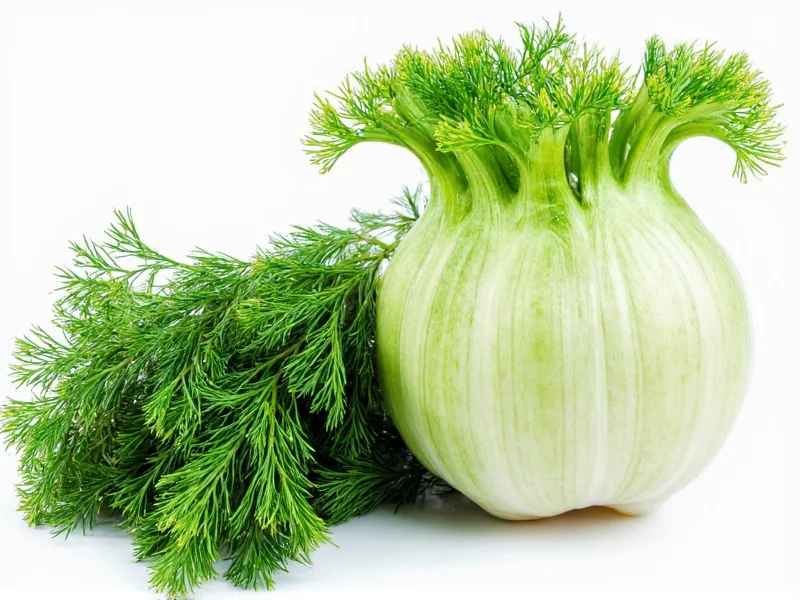Many home cooks and gardeners confuse dill and fennel due to their similar feathery foliage and shared plant family. However, these herbs possess distinct characteristics that affect how they perform in recipes and grow in your garden. Let's explore the key differences that clarify why dill and fennel are separate plants despite their superficial similarities.
Botanical Classification: Understanding the Family Tree
Both dill and fennel belong to the Apiaceae family (formerly known as Umbelliferae), which explains their visual similarities including feathery leaves and umbrella-shaped flower clusters. However, they diverge at the genus level:
- Dill: Scientific name Anethum graveolens, belonging to the Anethum genus
- Fennel: Scientific name Foeniculum vulgare, belonging to the Foeniculum genus
This taxonomic distinction means they're botanical cousins rather than the same plant. The confusion between dill versus fennel often stems from their shared family characteristics, but their genetic differences result in unique flavors, growth habits, and culinary applications.
Physical Characteristics Comparison
While both plants feature delicate, fern-like foliage, several visual cues help distinguish dill and fennel:
| Feature | Dill | Fennel |
|---|---|---|
| Height | 2-4 feet tall | 4-6 feet tall (sometimes taller) |
| Leaves | Finer, more delicate, bright green | Slightly thicker, bluish-green tint |
| Stems | Thin, hollow, green | Thicker, often with purple hue at base |
| Seeds | Oval, flat, light brown | Oblong, ridged, greenish-brown |
| Flowers | Yellow, small umbels | Yellow, larger umbels |
| Root | Thin taproot | Thick, bulbous base (in Florence fennel) |
Flavor Profiles: Why Substitution Matters
The most significant difference between dill and fennel lies in their flavor profiles, which dramatically affects how they perform in recipes.
Dill offers a fresh, grassy flavor with subtle citrus and anise notes, but much milder than fennel. The leaves (dill weed) have a delicate taste that works well with fish, potatoes, and in pickling. Dill seeds have a stronger, slightly bitter profile often used in breads and pickling spice blends.
Fennel, by contrast, delivers a pronounced licorice or anise flavor throughout the plant. The bulb (in Florence fennel varieties) is crisp and mildly sweet, while the fronds have a stronger anise taste than dill. Fennel seeds are intensely aromatic and commonly used in Italian sausage, breads, and Indian spice blends.
Understanding what does fennel taste like compared to dill is crucial for recipe success. While you might substitute one for the other in a pinch, the flavor difference will noticeably alter your dish.
Culinary Applications: When to Use Each Herb
Both herbs shine in different culinary contexts, making proper identification essential for recipe accuracy.
Dill's Best Uses
- Fish dishes (especially salmon and other oily fish)
- Pickling cucumbers and other vegetables
- Dill dip and sauces (like tzatziki)
- Potato salads
- Cucumber salads
- Vinegar infusions
Fennel's Best Uses
- Roasted or grilled bulb fennel as a vegetable
- Sausages and charcuterie
- Italian and Mediterranean cuisine
- Fennel seed in breads and spice blends
- Salads featuring shaved raw fennel bulb
- Seafood dishes (particularly shellfish)
When considering can I substitute dill for fennel, the answer depends on the recipe. In dishes where fennel's strong anise flavor is central (like Italian sausage), substitution won't work well. However, in some fish dishes, you might use dill as a milder alternative to fennel fronds.
Growing Conditions and Garden Identification
If you're growing dill versus fennel in your garden, several factors help distinguish them:
- Maturity time: Dill grows faster (60-75 days) compared to fennel (80-100 days)
- Hardiness: Dill is more cold-tolerant; fennel prefers warmer conditions
- Self-seeding: Both readily self-seed, but fennel can become invasive in some regions
- Companion planting: Dill attracts beneficial insects; fennel can inhibit growth of some nearby plants
How to tell dill and fennel apart in your garden? Crush a leaf from each plant. Dill will release a mild, grassy aroma with subtle citrus notes, while fennel delivers an immediate, strong licorice scent. This simple test provides the quickest identification method when visual differences aren't obvious.
Common Points of Confusion
Several factors contribute to the frequent mix-up between these herbs:
- Visual similarity: Both have feathery, delicate foliage that looks nearly identical to untrained eyes
- Shared family: As Apiaceae members, they share structural characteristics
- Seed confusion: Both produce small seeds used in cooking, though their flavors differ significantly
- Regional naming: In some areas, certain varieties might be called by misleading local names
Another source of confusion is the existence of bronze fennel, which has reddish-purple foliage that might be mistaken for a different herb altogether. Meanwhile, dill sometimes develops a slight purple tinge as it matures, further complicating visual identification.
Practical Tips for Proper Identification
Whether you're at the grocery store or in your garden, these tips help distinguish dill from fennel:
- Smell test: Rub a leaf between your fingers. Dill has a mild, grassy-citrus scent; fennel delivers a strong anise aroma
- Stem examination: Fennel stems are thicker and often show purple coloring at the base
- Leaf structure: Dill leaves are finer and more delicate; fennel leaves are slightly thicker
- Check for bulbs: If you see a bulbous base, it's Florence fennel (dill never forms bulbs)
- Seed inspection: Dill seeds are flat and oval; fennel seeds are oblong with distinct ridges
When shopping for fresh herbs, remember that dill is typically sold as just the feathery fronds, while fennel might be sold with the bulb attached. This provides the easiest visual distinction in grocery stores.











 浙公网安备
33010002000092号
浙公网安备
33010002000092号 浙B2-20120091-4
浙B2-20120091-4